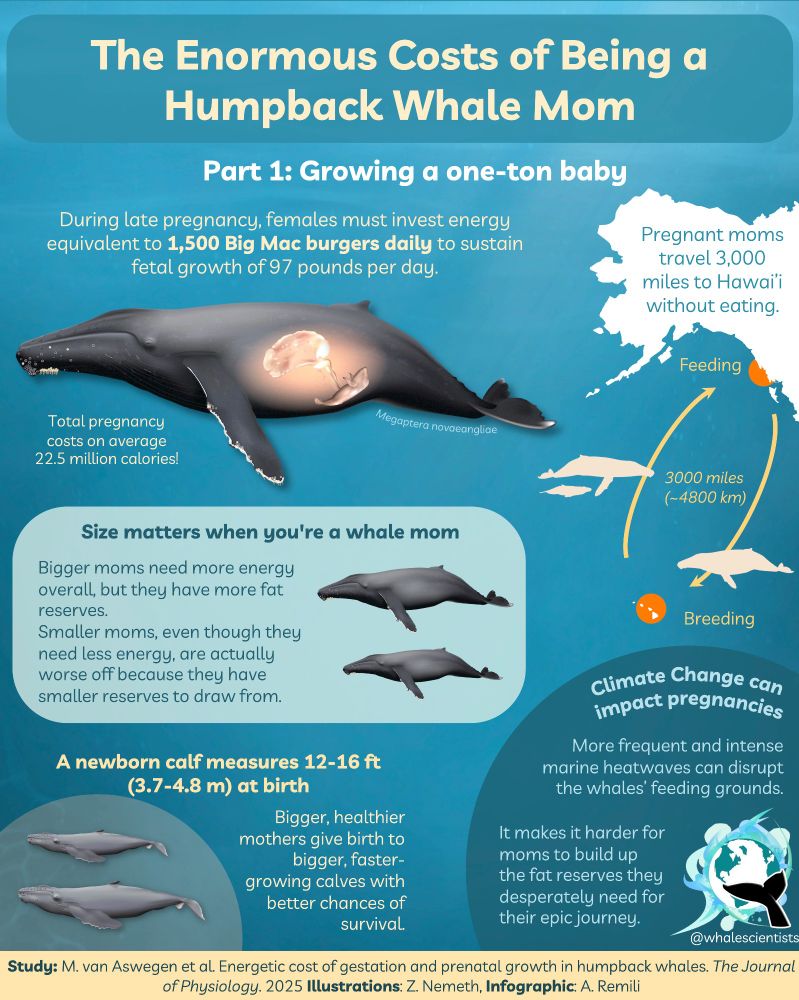
Webpage: http://philpatton.github.io
Cover image: https://biodiversitystripes.info/global/birds
#AcademicPublishing #ecoevo #archaeology #EthicalPublishing #SocietyJournals #DiamondOpenAccess
doi.org/10.32942/X24...
#AcademicPublishing #ecoevo #archaeology #EthicalPublishing #SocietyJournals #DiamondOpenAccess
doi.org/10.32942/X24...
www.seattletimes.com/seattle-news...


www.seattletimes.com/seattle-news...




